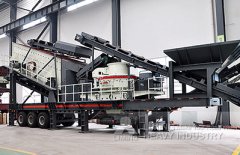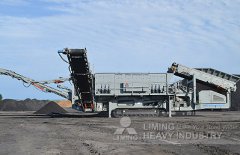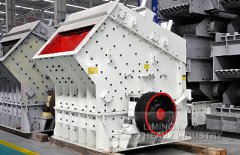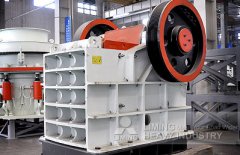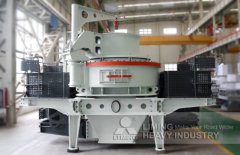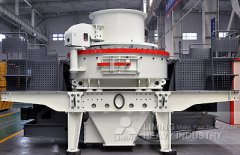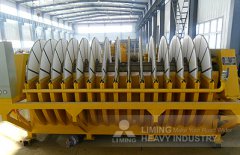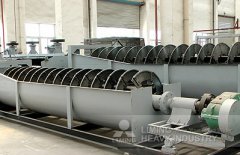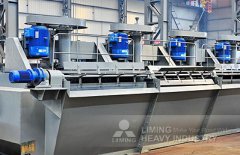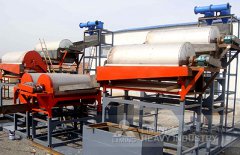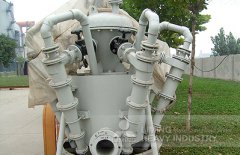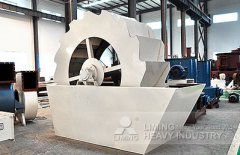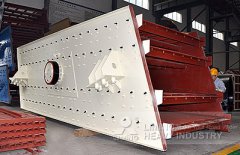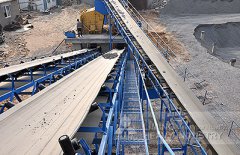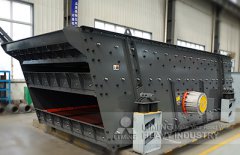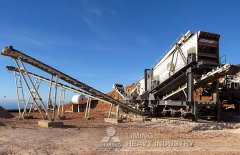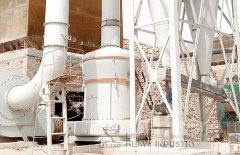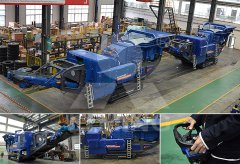Case
thickening sendary growth
2020-12-11T07:12:03+00:00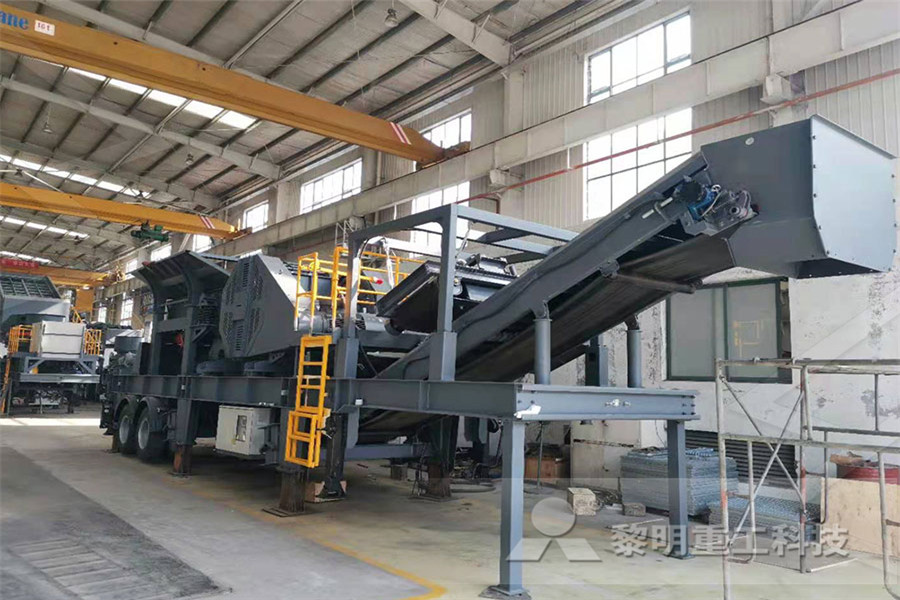
Secondary Thickening Encyclopedia
secondary thickening (secondary growth) The formation of new tissue by the repeated lateral division of cells in the cambium of a woody plant, adding successive layers of new growth This increases the girth of the stem or root, and the growth can be seen as annual rings (treerings)secondary growth (secondary thickening) The increase in thickness of plant shoots and roots through the activities of the vascular cambium and cork cambium It is seen in most dicotyledons and gymnosperms but not in monocotyledonsSecondary Growth EncyclopediaSecondary growth occurs in many roots and usually results in the thickening of the root diameter by the addition ofvascular tissue Initiation of secondary growth occurs when cells in the residual procambium and parts of the pericyle begin to make periclinal divisionsSecondary Growth in Roots University of California, DavisThe thickening of the stem that occurs in secondary growth is due to the formation of secondary phloem and secondary xylem by the vascular cambium, plus the action of cork cambium, which forms the tough outermost layer of the stem The cells of the secondary xylem contain lignin, which provides hardiness and strength302C: Primary and Secondary Growth in Stems Biology Secondary growth involves the thickening of the plant axis through the activity of lateral meristems The end result of secondary growth is increased amounts of vascular tissue As plants grow larger, more vascular tissue is needed for water conduction and the transport of nutrientsStem Secondary Growth Why?
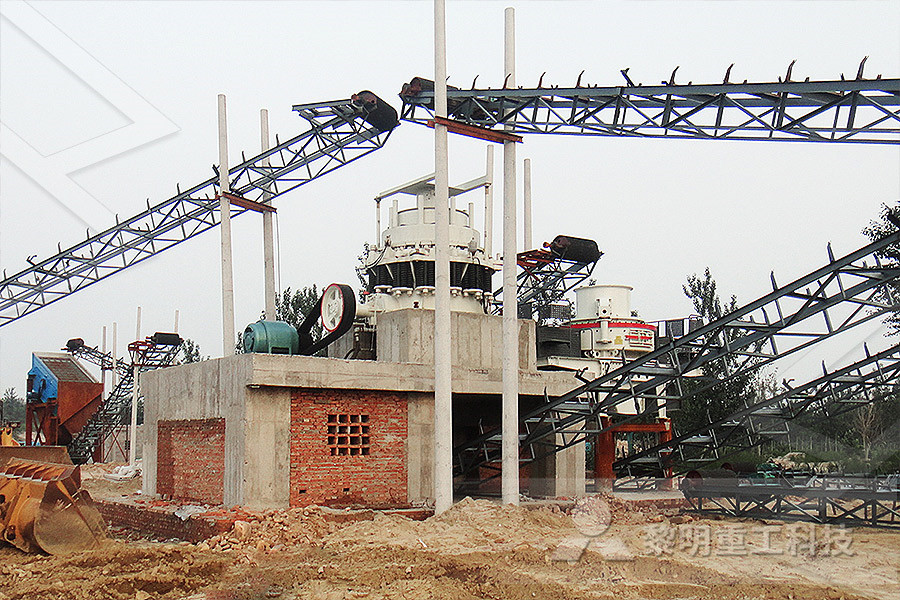
Secondary Growth in Monocotyledonous Stem Plants
Dec 12, 2016 Diffuse secondary thickening: In palm stem the ground parenchyma cells, close to and distant from the shoot apex (ex Roystonea, Actinophloeus etc), expand along with proportional increase of the intercellular spaces, thus causing diffuse secondary growthThe thickening of the stem that occurs in secondary growth is due to the formation of secondary phloem and secondary xylem by the vascular cambium, plus the action of cork cambium, which forms the tough outermost layer of the stem The cells of the secondary xylem contain lignin, which provides hardiness and strengthStem Growth Biology for Majors IIsecondary growth (secondary thickening) The increase in thickness of plant shoots and roots through the activities of the vascular cambium and cork cambiumIt is seen in most dicotyledons and gymnosperms but not in monocotyledons The tissues produced by secondary growth are called secondary tissues and the resultant plant or plant part is the secondary plant bodySecondary Growth Encyclopediasecondary thickening or secondary growth the growth in the girth of stems and roots in DICOTYLEDONS produced by division of the secondary MERISTEM, resulting in woody tissues The growth begins by the formation of a continuous cambial ring In stems there is already a fascicular cambium between the xylem and phloem of the vascular bundles which Secondary thickening definition of secondary thickening Secondary growth Ø As we discussed in the previous post about the anomalous secondary growth in Bougainvillea stem, here in Boerhavia also, the secondary thickening occurs by the formation of successive rings of accessory cambia Ø After the primary growth, the vascular bundles of middle ring increase in thickens to a limited extend b the activity of their fascicular cambiumBoerhavia Anomalous Secondary Growth Easy Biology Class

Stem Growth Biology for Majors II
The thickening of the stem that occurs in secondary growth is due to the formation of secondary phloem and secondary xylem by the vascular cambium, plus the action of cork cambium, which forms the tough outermost layer of the stem The cells of the secondary xylem contain lignin, which provides hardiness and strengthDefine secondary thickening secondary thickening synonyms, secondary thickening pronunciation, secondary thickening translation, English dictionary definition of secondary thickening n Growth in vascular plants from production of secondary tissues by a lateral meristem, usually resulting in wider branches and stemsSecondary thickening definition of secondary thickening Primary growth is controlled by root apical meristems or shoot apical meristems, while secondary growth is controlled by the two lateral meristems, called the vascular cambium and the cork cambium Not all plants exhibit secondary growth The video below provides a nice discussion of primary and secondary growth in plants (beginning at 2:20):Plant Development II: Primary and Secondary Growth The secondary growth occurs in herbaceous and woody Lilifloarae (Aloe Sansevieria, Yucca, Agave, Dracaena) and other groups of monocots The meristem concerned with this growth is known as cambium The cambium appears in a direct continuation of a primary thickening meristem However, the cambium functions in the part of the axis That has completed its []Secondary Growth in Monocots (With Diagram) Plant AnatomySignificance of Secondary Growth: 1 Secondary growth adds to the girth of the plant It provides support to increasing weight of the aerial growth 2 Secondary growth produces a corky bark around the tree trunk that protects the interior from abrasion, heat, cold and infection 3Secondary Growth in Dicot Stem (With Diagram)
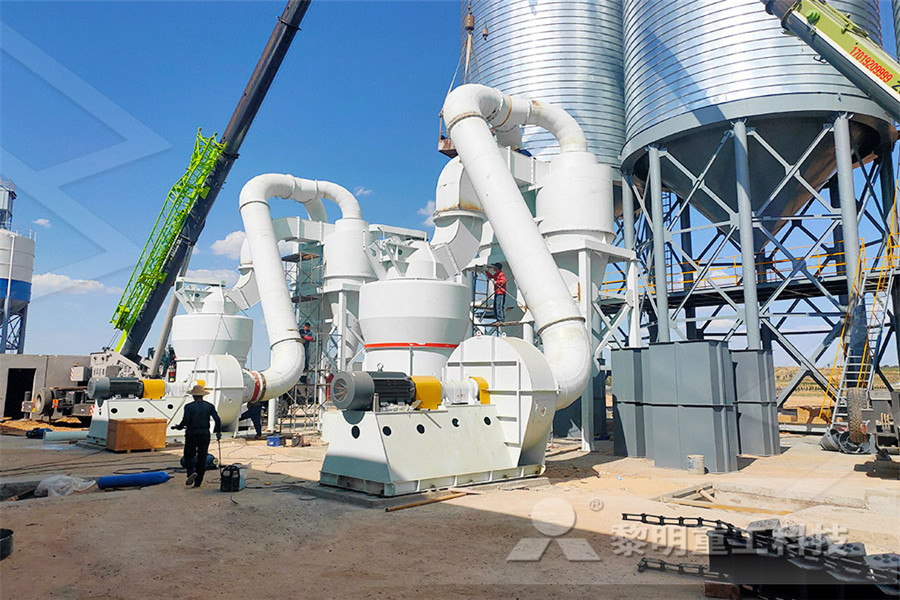
SECONDARY GROWTH YouTube
Jul 24, 2015 For more information:7activestudioinfo@7activestudio7activemedical/info@7activemedicalsciencetuts/7activMay 18, 2018 Abnormal tissue growth in the bladder wall causes tumors to grow and the wall to thicken Noncancerous ( benign ) tumors include papillomas For some cases, viruses may be the cause of Bladder Wall Thickening: Causes and TreatmentDOI: 101086/ Corpus ID: Secondary Growth by Means of a Thickening Ring in Certain Monocotyledons @article{Cheadle1937SecondaryGB, title={Secondary Growth by Means of a Thickening Ring in Certain Monocotyledons}, author={V I Cheadle}, journal={Botanical Gazette}, year={1937}, volume={98}, pages={535 555} }Secondary Growth by Means of a Thickening Ring in Certain Which type of growth in plants is considered thickening? Secondary Growth Starting from the outside, place the tissues in the order in which they are located in a woody tree trunk Cork, cork cambium, primary phloem, secondary phloem, vascular cambium, secondary xylem, primary xylem, pith Biology Chapter 35 Plant Structure, Growth, and With helical thickening, the secondary wall exists as one to three helices interior to the primary wall (Figure 5‑ 29F) Scalariform thickening provides much more strength because the secondary wall underlies most of the inner sur ‑ face of the primary wall and is fairly extensive Just as in fibers and sclereids, the area where the secondary wall is absent is called a pit (FIGURE 531A)With helical thickening the secondary wall exists as one
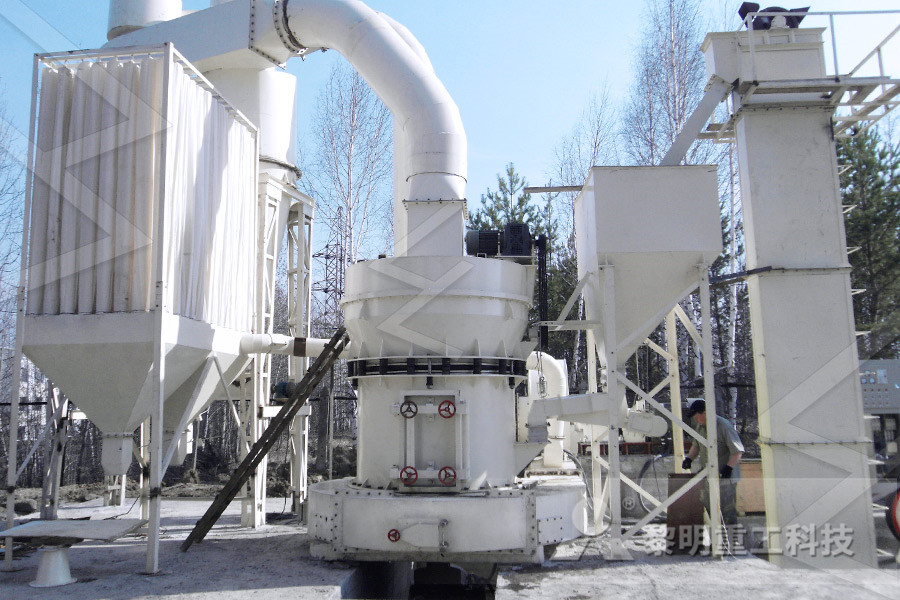
Secondary thickening Article about secondary thickening
the thickening ring (Scott Brebner, 1893), the Etagencambium (Schoute, 1902), the meristematic zone (Arber, 1925), the secondary thickening meristem (Clowes, 1961), the anomalous cambium (Stone, 1970), the vascular cambium (Zimmermann Tomlinson, 1970, 1972), the accessory cambium (Rastogi, 2009), the cambiumlike zone (Beck, 2010) and the monocot cambium (Carlquist, 2012), as well as (b secondary thickening or secondary growth the growth in the girth of stems and roots in DICOTYLEDONS produced by division of the secondary MERISTEM, resulting in woody tissues The growth begins by the formation of a continuous cambial ring In stems there is already a fascicular cambium between the xylem and phloem of the vascular bundles which Secondary thickening definition of secondary thickening May 22, 2020 The secondary thickening is usually absent in monocot plants since the vascular bundles in monocots are closed type (no cambium) However, a very few plants in monocots shows anomalous secondary growth such as Dracaena, Yucca, Aloe, Sansevieria and Agave • The secondary growth happens by abnormal growth from abnormal cambium in monocotAnomalous Secondary Growth structures in the secondary body are common to all or a part of these species Of these eighteen species, all but Veratrum viride have been at least mentioned in the literature Since this appears to be the first report of secondary growth in V viride, the following is a brief description of the secondary body in this plantSecondary Growth by Means of a Thickening Ring in Certain DOI: 101086/ Corpus ID: Secondary Growth by Means of a Thickening Ring in Certain Monocotyledons @article{Cheadle1937SecondaryGB, title={Secondary Growth by Means of a Thickening Ring in Certain Monocotyledons}, author={V I Cheadle}, journal={Botanical Gazette}, year={1937}, volume={98}, pages={535 555} }Secondary Growth by Means of a Thickening Ring in Certain
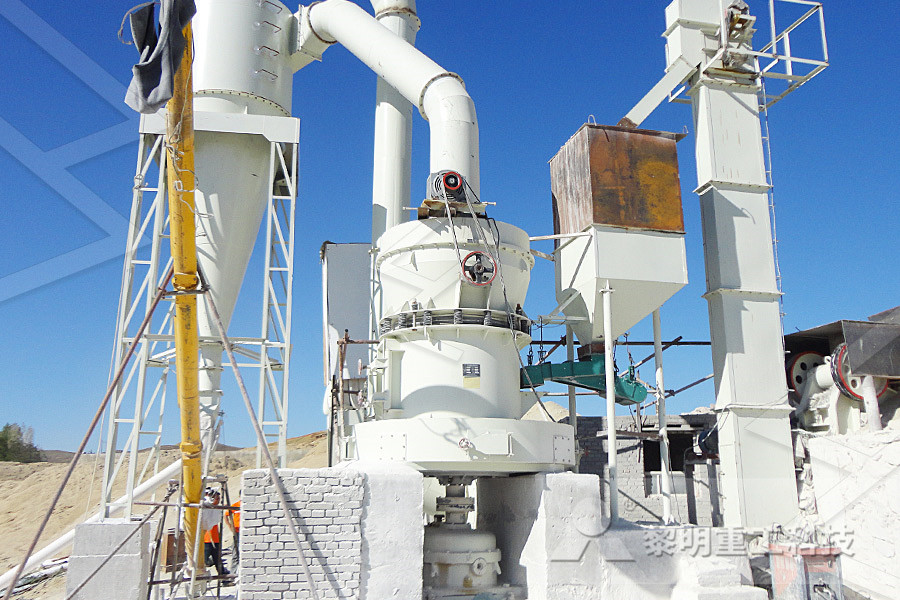
Secondary growth or increase in diameter is due to
Increase in lateral thickening is called as secondary thickening or secondary growth Inter and intrafascicular cambiums join to form a complete ring of cambium called as vascular cambium The vascular cambial cells are the meristematic cells that continuously divide into daughter cells This development takes place in stele (intrastellar secondary growth) and also in cortex (extra stellar The thickening of the stem that occurs in secondary growth is due to the formation of secondary phloem and secondary xylem by the vascular cambium, plus the action of cork cambium, which forms the tough outermost layer of the stem The cells of the secondary xylem contain lignin, which provides hardiness and strengthPlant Growth Biology for Majors IIthe thickening ring (Scott Brebner, 1893), the Etagencambium (Schoute, 1902), the meristematic zone (Arber, 1925), the secondary thickening meristem (Clowes, 1961), the anomalous cambium (Stone, 1970), the vascular cambium (Zimmermann Tomlinson, 1970, 1972), the accessory cambium (Rastogi, 2009), the cambiumlike zone (Beck, 2010) and the monocot cambium (Carlquist, 2012), as well as (b Secondary thickening Article about secondary thickening Jul 24, 2015 For more information:7activestudioinfo@7activestudio7activemedical/info@7activemedicalsciencetuts/7activSECONDARY GROWTH YouTubePrimary growth of some roots is followed by secondary growth involving formation of secondary vascular tissues by the cambium and of periderm by a phellogen (cork cambium) Secondary thickening may start during the first or second year Stages in formation of the cambium and secondary growth of a woody root are shown in Fig 328 At first some Cork Cambium an overview ScienceDirect Topics
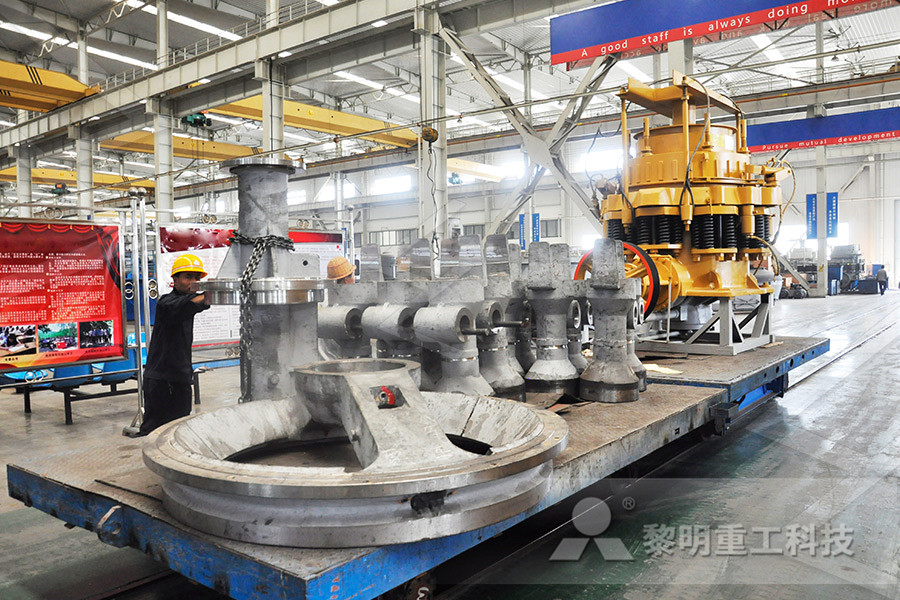
Plant Growth: Bio Exam 2 Flashcards Quizlet
Primary growth results in of the plant (lengthening or thickening) Lengthening Secondary growth results in of the plant (lengthening or thickening) Within a plant that has secondary growth, where is the vascular cambium found? A Between the wood and the bark B Between the inner bark and the outer bark C In the center of the The first description of secondary growth in Veratum viride is presented 2 Growth rings are found in a number of the genera, and depend upon differences in number and position of the secondary bundles, together with variation in wall thickness of the cells in the conjunctive tissue 3Secondary Growth by Means of a Thickening Ring in Certain This type of growth, called also secondary thickening or lateral growth (lateral = to the side), arises from secondary (newly formed) meristems 1 From the procambium in the vascular bundles secondary cambium is formed which produces secondary phloem and xylem 2 In some species cork cambium that makes cork tissue develops from parenchymatic Secondary growthIt has a developmental relationship with the more distal secondary thickening meristem (STM) recorded in certain Liliiflorae, particularly arborescent taxa (in contrast to the diffuse thickening growth found in arborescent palms) There has been a recent revival of interest in both the PTM and STM in monocotyledons, mainly within Liliiflorae (e (PDF) Lateral meristems and stem thickening growth in With helical thickening, the secondary wall exists as one to three helices interior to the primary wall (Figure 5‑ 29F) Scalariform thickening provides much more strength because the secondary wall underlies most of the inner sur ‑ face of the primary wall and is fairly extensive Just as in fibers and sclereids, the area where the secondary wall is absent is called a pit (FIGURE 531A)With helical thickening the secondary wall exists as one






